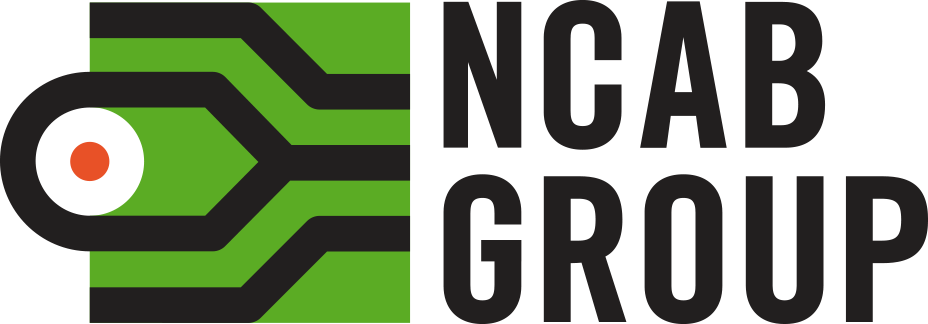TECH BASICS: LESSON 1
1) What is a PCB?
Read the video transcript below the video, or download all video transcripts in this course here.

Transcript
1) What is a PCB?
What is a PCB? The PCB is at the heart of any electronic device. To explain their importance, let’s look back to the days when a television was a novelty, a fat novelty.
For a TV to show a moving picture, something needs to convert the signal in the air into an image. For this, there are a lot of electrical cables and components behind the screen. Look at this TV from 1955, what a mess!
One thing is to build the TV and connect all those cables to the right places, but imagine trying to repair something and figuring out where to start! And, trust me, most TV sets needed repairing now and then.
Instead, if you look into this TV from 1970, you can see that most of the cables were replaced by a PCBs! Now you can see how components – those round yellow and red cylinders –are now placed nicely on a brown plate – a PCB. If you needed to repair this TV set you had a much easier job than in 1955, and if needed, you could just replace the entire PCB.
So, the brown plate is a simple PCB – and instead of cables, it has thin copper conductors. This means it can do the same job of connecting components in a much smaller space, and it’s easier to handle both in manufacturing and in repair. The PCB is one big reason why our TVs got thinner, and all electronic devices got smaller. And better. And less expensive.
Now, as the TV set develops, it needs even more connections. But how can it get more conductors – when they will need to cross each other, right? In the old TV, cables cross all the time, don’t they? It is a problem, but let me explain:
On a regular cable, the conductors (the copper wires) are wrapped in plastic insulation to make sure that the electricity has no chance to stray from intended track. So, even if cables cross, electrical signals stay where they belong.
Well, we really don’t want to wrap all our super-thin copper conductors with plastic, so we need to find another way to keep conductors apart. One way is to have conductors on both sides of the PCB with a layer of insulation between them. Then we can have twice as many conductors without crossings. The green plate in the picture from 1970 is such a PCB – it has conductors on both sides, and in the next lesson I’ll explain more how this works.
And – just so you know – in reality, there are thousands of different components that all look quite different; these are some examples. But for now, we will use the red and yellow cylinders as symbols for any kind of component.
This picture is from an early version of an LED TV. It’s a different technology, but it still needs PCBs – you can recognize both the brown, simpler, and the green, more complex PCB.
So, to conclude:
Our customers and customers’ customers make all kinds of machinery and devices. Our job is to help them connect their components using a PCB that fits the available small space. It still has to work perfectly. Quality first. Always.
Now that you know what a PCB is, it’s time to explain how it works, and why it’s just like the London Underground.
Yes, you heard me! It’s very similar, just smaller.
